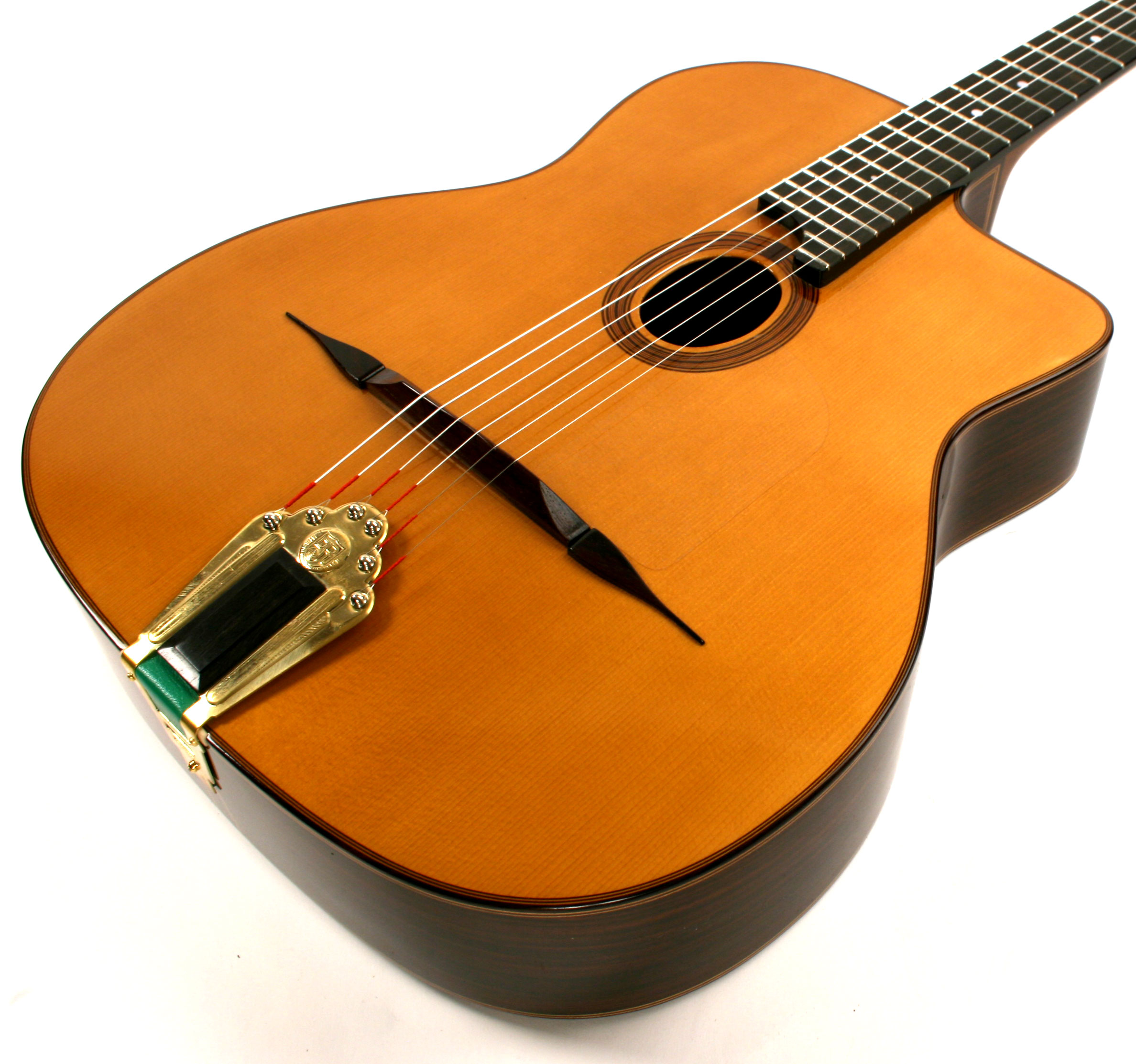DjangoBooks.com
Welcome to our Community!
Categories
- 19.8K All Categories
- 1.1K General
- 458 Welcome
- 57 Archtop Eddy's Corner
- 141 CD, DVD, and Concert Reviews
- 380 FAQ
- 26 Gypsy Jazz Italia
- 23 Photos
- 200 Gypsy Picking
- 21 Unaccompanied Django
- 15 Pearl Django Play-Along Vol.1
- 17 Gypsy Fire
- 41 Gypsy Rhythm
- 1.3K Gypsy Jazz University - Get Educated
- 128 Gypsy Jazz 101
- 214 Repertoire
- 210 History
- 701 Technique
- 48 Licks and Patterns
- 6 Daniel Givone Manouche Guitare Method Users Group
- 20 Eddie Lang Club
- 1.2K Gypsy Jazz Gear
- 756 Guitars, Strings, Picks, Amps, Pickups and Other Accessories
- 431 Classifieds
- 46 Recording
- 62 Other Instruments
- 18 Violin
- 5 Mandolin
- 22 Accordion
- 7 Bass
- 10 Woodwinds
- 321 Gypsy Jazz Events
- 139 North America
- 99 Europe
- 83 International
In this Discussion
Who's Online (0)
2016 Holo Traditional 12 Fret Short Scale | Blog
 DjangoBooks
Seattle✭✭✭ All of them!
DjangoBooks
Seattle✭✭✭ All of them!
 2016 Holo Traditional 12 Fret Short Scale | Blog
2016 Holo Traditional 12 Fret Short Scale | Blog
A first from Bob, a recreation of the legendary "Transitional Model" Selmer!
Tagged:









Comments
http://www.djangobooks.com/Item/selmer-transitional-model
However, the original guitar has 19 frets and players tend to get a little freaked out about having fewer than 21, so I made the end of the fretboard extend to 22 frets which works out well both from a musical and visual standpoint.
It seems like a slightly earlier variant of the J’Attendrai guitar and it’s an interesting variant because some of the Selmer transitional guitars were somewhat under-braced and had top stability issues, but they nailed this one. It was (is) a superb stable monster of a guitar and for the life of me - I can’t imagine why Selmer didn’t turn it into a model. But I think it pre-dates the model Django played on the J’Attendrai video by about four years. The guitars I built for Stephane Wrembel and Roy Williams are likely a little closer to the 1938 J’Attendrai guitar, but both are Selmer to the core. The proportions and structure and build techniques that make Selmers sound like Selmers are all there in both. Here’s to 2017 and studying more seminal instruments.
FWIW, It’s not absolutely identical to the original instrument. For the most part it is - the tuning of the soundboard - bracing - tuning of the cavity & etc., but I chose to alter the tuning of the back just a little. The original guitar’s back is tuned to support the lowest string, giving the open E a particularly generous sound, but I chose to tune just a tad higher - more in the range of the early 500 to mid 500 series guitars. If you listen to the videos Michael recorded on this guitar and the original you can hear the difference if you’re wearing good headphones or listening on full range speakers. The open position at 1:28 on the original is a bit stronger than the open position on #84 at 1:12, but the La-Pompe of #84 starting at 1:45 has a bit more mid-bass heft than the original starting at 1:58. All I did was simply pull a little energy from the very bottom-end and put it into the midbass by altering the frequancies at which the back is active/reflective. Because lower frequencies require more power to produce the same SPL, tuning slightly higher gave a nice bump in the midbass with a slight increase in efficiency. Was it right to make that small change? Who knows. The difference is small but there was a reason. A few years ago, Mathieu said something that stuck in my head. He said that he liked bass balance up and down the fretboarded and that sometimes when you play rhythm on a guitar, it is strong in the mid freboard - chugging away on a 5th fret E-string-rooted A for instance, but as you drop down to a G or F, that the oomph declines - and likewise on some guitars, the F & G chords have a lot of weight, but you lose that weight as you walk up the fretboard. So I’ve been working hard to build for balance because I think it winds up being valuable to players, and balance is a function of the back, soundboard & chamber interacting. The original guitar actually has a very nice balance, but favors the very low end a little. It’s a subtle difference. Was it the right thing to use the back to pull a little energy up a little into midbass? Dunno. Ask me in 20 years ;-) But I was happy with the result. It turned out the way I wanted it to.
Here are the vids I’m talking about.
thanks
People think of Selmer pliages as radical, but they're not. Somewhere I remember reading that Selmers didn't originally have pliages but rather left the factory gently rounded and developed them over time, but that's not true. You can see that the shape of the pliages, gentle though it was (particularly on the early ones) was intentional. It was even shaped into the tonebars under the bridge, so... its safe to say that the pliages were there from day one though occasionally a pliage will ease over time, particularly if the guitar is over-strung with bronze strings or if the pliage is (shudder) sanded-round during a bad refinish. (yes, I've seen that and needed a drink afterward)
Anyway, the pliage is accurate to the original.
Thanks